

For me one of the greatest pleasures of winter travel is food; cold and labour conspire to create raging appetites quite unlike anything I ever experience at home. Taste is accompanied by a total awareness of food as fuel – a palpable sense of sugars dissolving into your blood stream and surging around your weary body- food never felt so good.

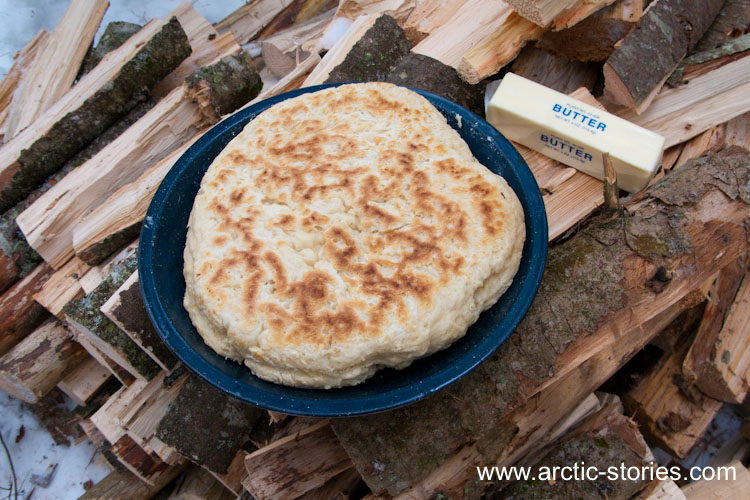

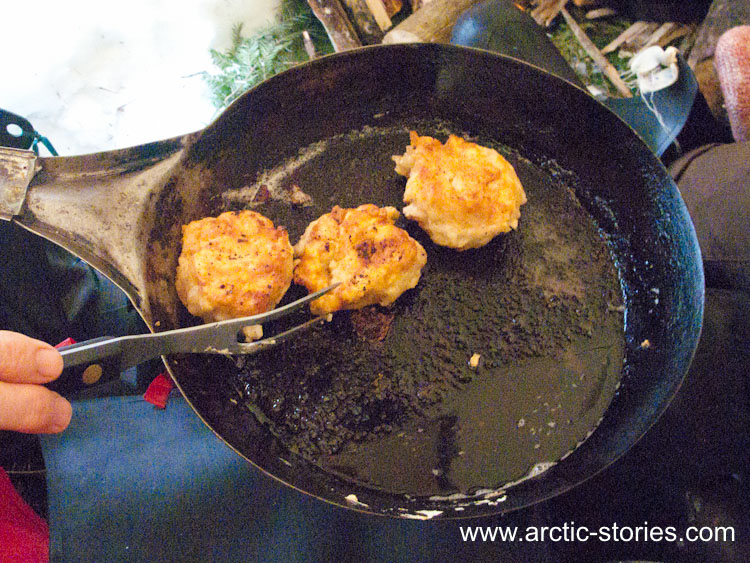
Bannock is highly improvisational by nature and has many variants that reflect its rich history. Traditionally eaten right across North America by Native Americans, trappers, lumberjacks, prospectors, in fact anybody with a fireside seat and a hungry tummy.
The basic proportions of an American bannock are:
1 cup of flour
1 tsp of baking powder
a little salt to taste
a good slurp of fat, perhaps 1-2 tbs
Water – enough to make a dough
You’ll need a 3 or 4 cup mix for a large frying pan sized loaf – mix together the dry ingredients and fat and then add enough water to make a soft dough. Flatten the dough into a hot lightly oiled frying pan and move off the heat a little, the addition of a lid at this stage will help the dough to rise higher and make a lighter bread. Make sure you are not burning the base of your bread, but aim to flip the bread over after 10 minutes and then cook uncovered for another 5 to 10 minutes, or until you get a nice hollow ring from tapping the crust and the bread is no longer doughy. When ready tear off chunks and enjoy with melted butter!
Variants and refinements are many and recipes sometimes add sugar, powdered milk, powdered egg (for more of a cake-y batter), flavourings, meat, veg, deep fry the dough, wrap it on a stick and hold it over the fire, it’s a broad church.



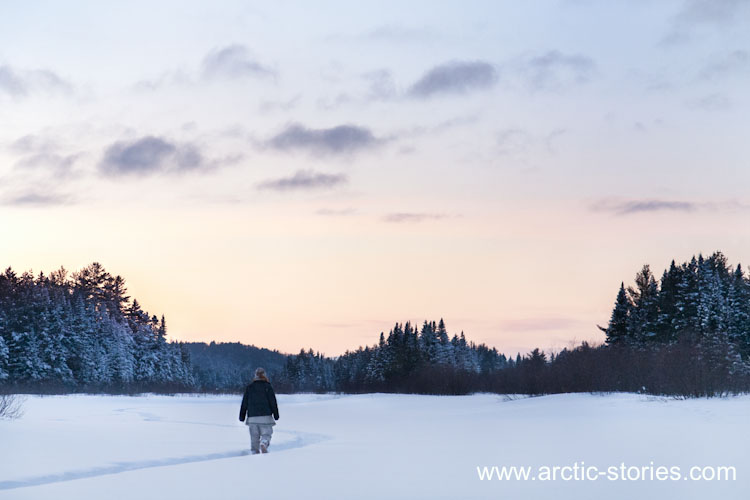
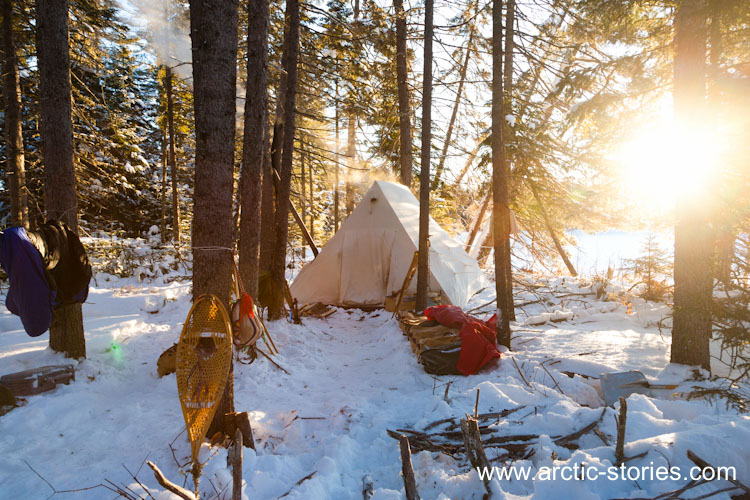
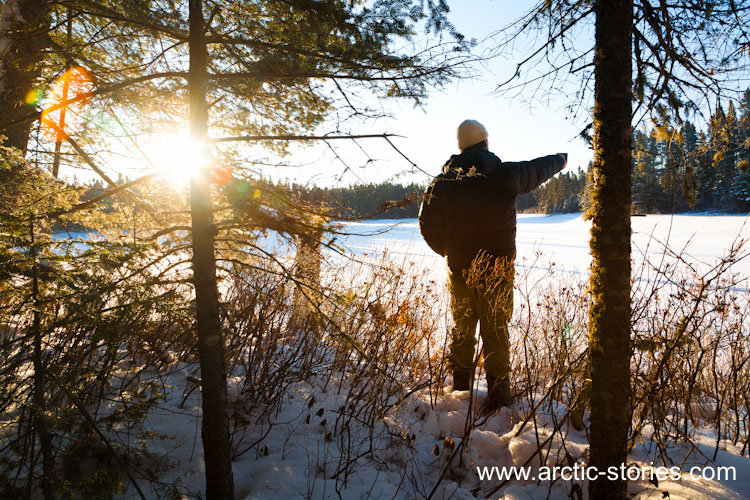
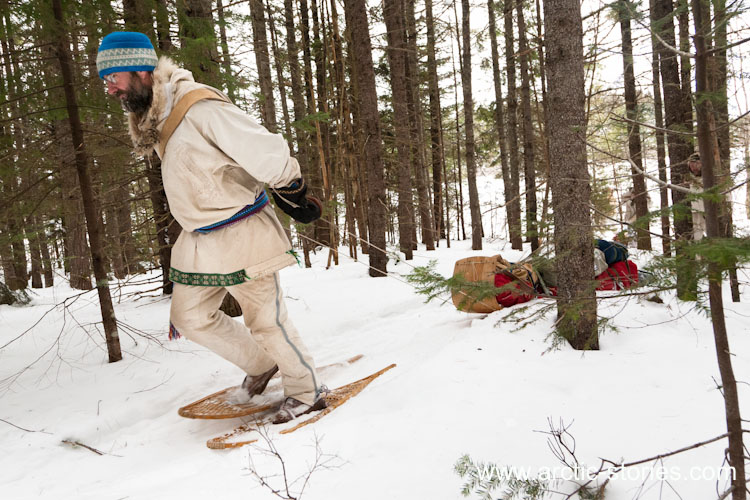


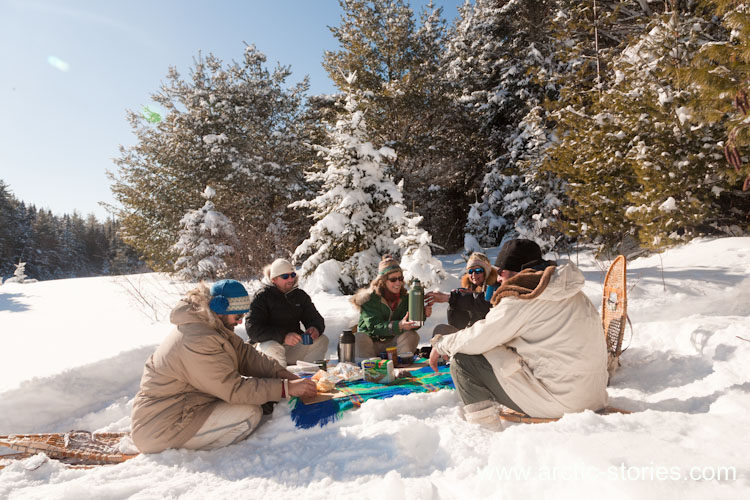
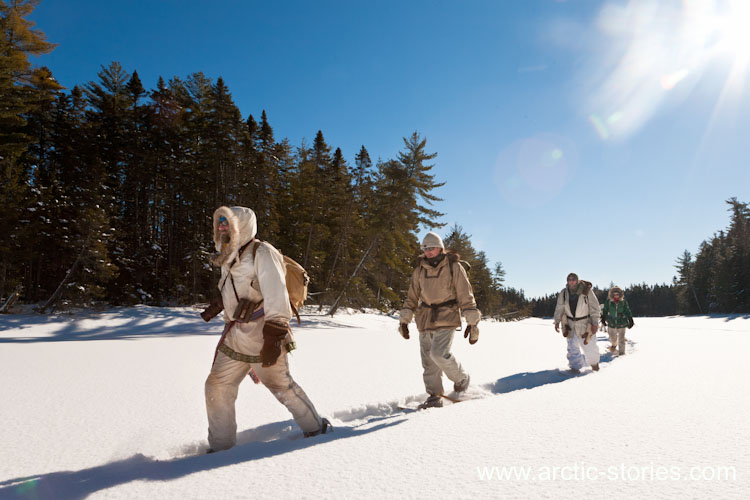


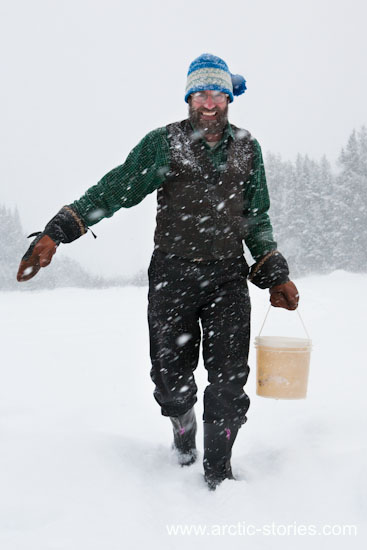


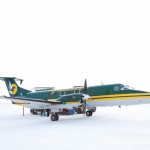
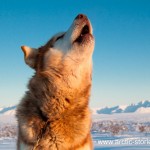
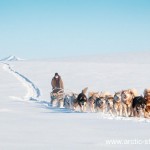
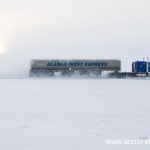
2 comments